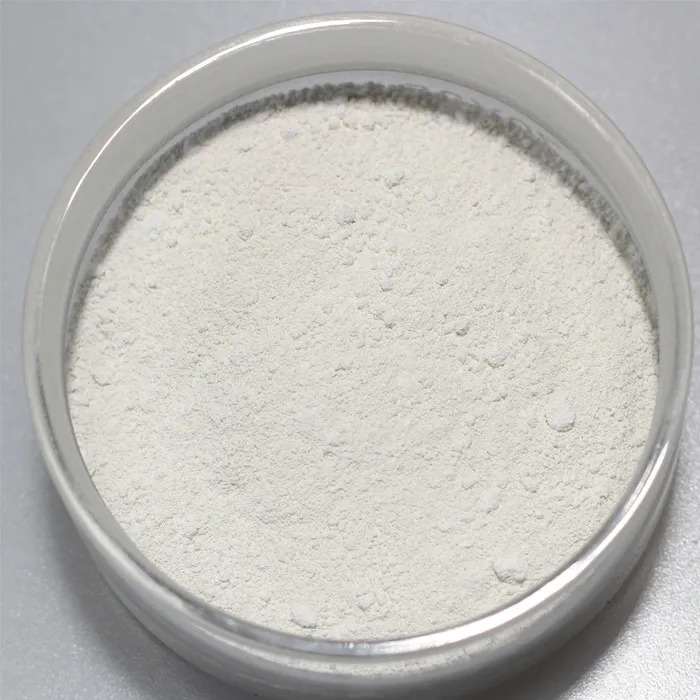The treatment of drinking water is a critical process that ensures the safety and quality of water consumed by the public. Various chemicals play essential roles in water treatment, helping to remove contaminants, kill pathogens, and improve the overall aesthetic qualities of water. Here, we explore some commonly used chemicals in the treatment of drinking water.
One of the primary chemicals used in water treatment is chlorine. Chlorine is a powerful disinfectant that effectively kills bacteria, viruses, and other harmful microorganisms. It is often added to water supplies to maintain a residual level that continues to protect the water as it travels through pipes to consumers. While effective, chlorine can react with organic materials, forming disinfection byproducts. To address this issue, water treatment plants may also employ alternative disinfectants such as chloramines or ozone.
Another important chemical is coagulant, such as alum (aluminum sulfate) or ferric chloride. Coagulants help to aggregate suspended particles in water, making them easier to remove during the filtration process. This step is crucial as it improves water clarity and removes various impurities, including dirt, silt, and organic matter. After coagulation, the water is subjected to sedimentation, where the larger particles settle at the bottom of the treatment tank.
Fluoride is another chemical often added to drinking water. It is known for its dental health benefits, particularly in preventing tooth decay. While the addition of fluoride can be beneficial, it is crucial to control its concentration to prevent excessive exposure, which can lead to fluorosis.
what chemicals are used to treat drinking water

Additionally, calcium and magnesium compounds may be added to improve the hardness of water
. Water with appropriate hardness levels is often preferred, as it can enhance taste and reduce corrosion in plumbing systems.pH adjustment chemicals, such as sodium hydroxide or sulfuric acid, are used to optimize the acidity or alkalinity of water. Proper pH levels are essential for effective disinfection and for the overall stability of the water supply.
In conclusion, the treatment of drinking water involves various chemicals that work together to ensure safety and quality. Chlorine, coagulants, fluoride, hardness modifiers, and pH adjusters play distinct roles in this complex process. Understanding the functions and applications of these chemicals is vital for maintaining safe drinking water and protecting public health.

